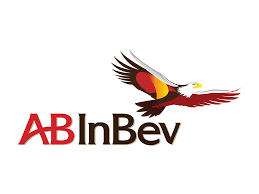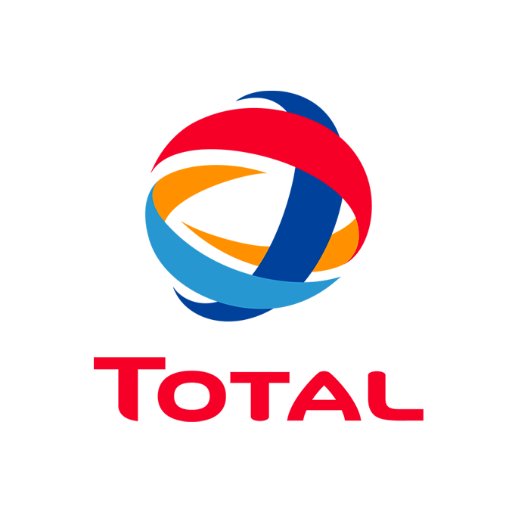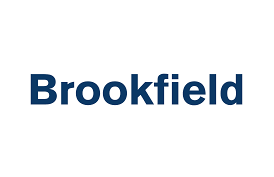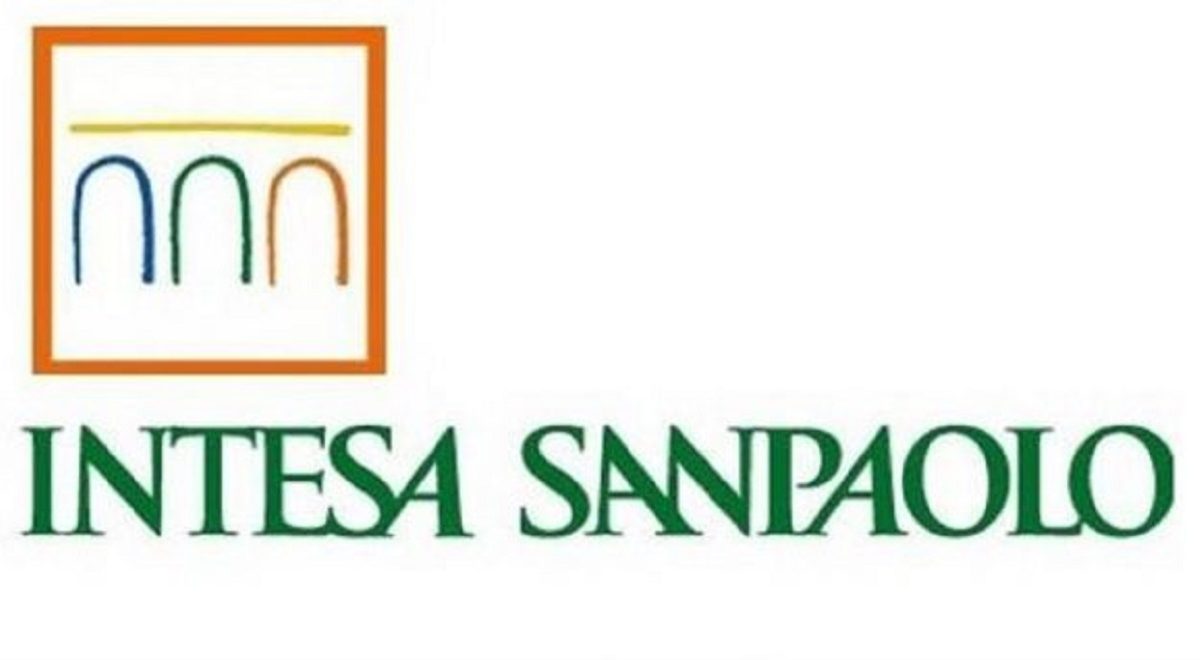6 stock picks for the reset
I wrote recently that for all the terrible consequences of the COVID-19 pandemic, it had a major positive effect in ending a long-running economic cycle while kicking off a new one. We believe equities are a great way to take advantage of the early stages of this new cycle
When thinking about which equities, one rule is to buy Growth when Growth is scarce, and to buy Value when there is Growth for all. A variation on this theme is to invest in Value when there is a wide spread between the two, and the below chart shows that currently the spread is wide.

Source: Bloomberg, as of 29.1.21
P/E based on forward harmonic mean for calendar 2021
So here are 6 stocks we at Talaria have been following and investing in and why.

1) Ambev (ABEV). One of the largest beer producers worldwide and Latin America’s biggest brewer. It should generate more than 90% of its 2020 forecast US$11.2 billion of sales from beer, with the balance from non-alcoholic beverages.
Brazil accounts for some 55% of revenues, with the rest from Latin America – South (19%), Central America, the Caribbean (13%) and Canada (13%). Roughly speaking, the geographical breakdown of profits mirrors the revenue split.
Although we hold Ambev for its stock-specific attractions, it also has top-down aspects that add to the investment case. If emerging market equities are going to reverse some of their more than decade long underperformance, the drivers should come from those areas most sensitive to economic expansion such as Brazil, which is leading the recovery in Latin America. Moreover, through commodities such as aluminium, sugar, and PET, more than 50% of Ambev’s COGS is USD denominated. This means any switch in the decade’s long weakness of the Brazilian Real versus US dollar foreign exchange rate would be beneficial.

2) Canadian Natural Resources (CNQ). Since the mid-2014 oil price downturn, CNQ’s management has proved it is able to cut unit costs through efficiency and expansion. This has allowed the company to continue to pay a dividend, leaving the share on a prospective dividend yield of 5.5%, even at the end of a quarter when the stock rose some 50%. Given its strong reserves position, the capital expenditure requirement is limited, and the majority of free cash flow should remain available for shareholder distributions or debt paydown.

3) Total (TOT). Apart from CNQ, we have not had direct exposure to the energy sector for a considerable time. However, in Q4 we sold puts in French integrated oil major Total, which we think is the most attractive of those companies comprising Big Oil. With a relatively strong balance sheet offering security – and based on our conservative assumptions including zero dividend growth in perpetuity – the share’s risk-reward is attractive at current levels.

4) Brookfield (BPY). As of early July, BPY had received a takeover offer from parent company Brookfield Asset Management (BAM), valuing each BPY share at $16.50. This was a 15% premium to the last traded price and values the group at 0.61x Book Value. We note that the shares are currently trading above the offer price at ~$17, which may indicate that investors believe BAM will have to provide a ‘bump’ for shareholders to accept the offer. We will study the proposal closely, though bids such as this are a mixed blessing. On the one hand they deliver a short sharp boost to the share price, on the other hand they may not fully realise what we believe should be the upside.

5/ Femsa (FEMSAUB.MX). Femsa has an attractive set of assets including material holdings in listed entities Coca-Cola Femsa and Heineken NV. Given that there is a market value for these holdings, we can calculate an implied value for the national chain of small format retail stores that it also owns. This retail unit has headroom to grow for a number of years and can thus deploy capital on which it earns attractive rates of return. Taking this into account, we believe the share to be materially undervalued.

6/ Intesa Sanpaolo (ISP). Intesa’s share is attractive for the diversified revenues which the bank generates through asset management and insurance in addition to its more traditional banking. The group has good provisions cover for the loan book and the balance sheet is well capitalised. Our analysis is that future dividends on their own will come close to or even exceed our required rate of return, with the potential of a narrowing in the discount to book value an added potential upside.
At the current moment while the spread between Growth and Value is substantial, we believe there’s plenty of value in these stocks.
5 topics

